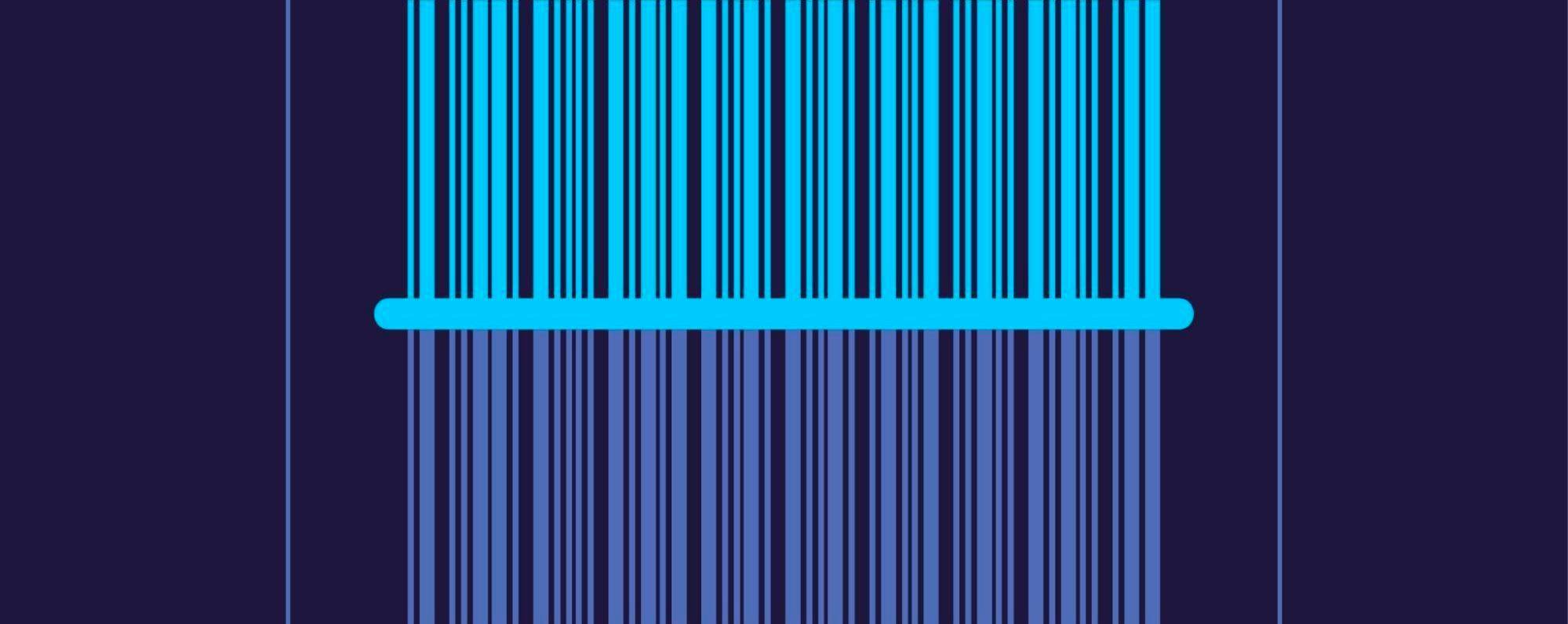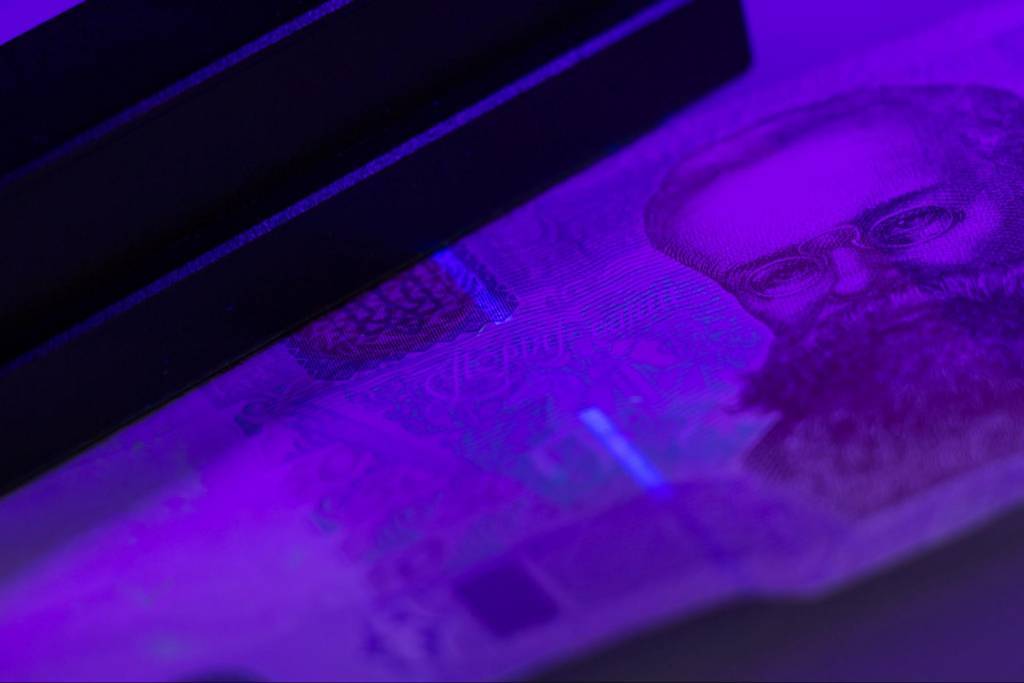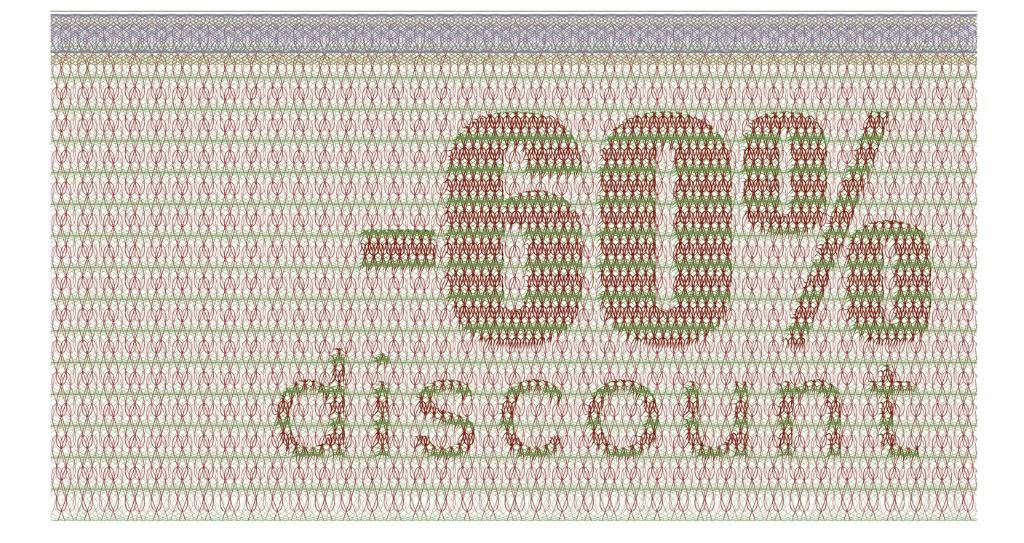
Security inks help ensure the integrity of items needing high privacy and confidentiality, such as checks, documents, banknotes, certificates, passports, labels, and identity cards. Security inks support fraud detection and authentication.
The Value of Security Ink
Security printing reduces the risk of forgery, tampering, or counterfeiting. Several technical methods are used in the security printing industry. Security printing is most often done on security paper, but it can also occur on plastic materials.
Security inks are available to protect printed materials in different guises. The ink is invisible to the eye (covert) under normal lighting conditions. When passed under an ultraviolet lamp, the ink glows. This application is used predominantly for check printing and document protection.
Uses of Security Ink

Security inks help validate event tickets.
Security Inks
Get StartedA major factor driving the growth of the global security ink market is the increasing occurrences of forgery and counterfeiting practices.
Banknotes, identity cards, postage stamps, stock certificates, passports, and product authentication all see escalating counterfeiting. Efforts to reduce fraud costs are driving demand for security inks, expected to average annual growth of about 6% over the next several years.
Brand protection is another field where security ink is gaining importance. Brand protection against diversion, fraudulent claims, retail theft, and counterfeiting is a challenge. Security ink helps overcome such challenges, which is another driving factor for the growth of the global security ink market.
From lost revenue, consumer safety, homeland security, and brand integrity, businesses fight a continuing battle against counterfeiters. The cost of counterfeit products in the United States alone totals $600 billion.
Kao Collins formulates inks for thermal, piezo, and continuous industrial inkjet printing systems.
Common Products Incorporating Security Inks
- Tickets
- ID documents
- Tax or duty stamps
- Passport
- Secure documents
- Product labels
Types of Security Inkjet Inks

Invisible inks that appear with ultraviolet light add an extra layer of security.
There are several different types of security inks, all of which effectively protect against counterfeiting methods. The inks most commonly used for security printing include:
The most common security ink is invisible to the naked eye. The latent image appears when placed under a UV lamp. Most often used for printing currency and labels.
One or more fluorescent inks can be combined or used with traditional inks. Fraudulent products and documents may appear the same until the legitimate printing with visible fluorescent inks is exposed to UV light, making it glow.
IR invisible inks remain completely invisible to the eye yet can be seen using modified photo and video equipment that responds to colors in the infrared spectrum. These inks do not fluoresce in the visible range and cannot be seen with ultraviolet lights.
Taggant ink formulations contain unique chemistry paired with a detector for identifying the signature. The combination creates a lock and key relationship. These anti-counterfeit inks can be used on security labels or printed directly onto product packaging. Taggant ink is well suited to be printed on various substrates, including anti-counterfeit labels and more.
Magnetic Ink Character Recognition (MICR), streamlines check processing for financial institutions. The characters are printed with special MICR fonts with MICR ink that contains a percentage of fine metallic pigment. It is the combination of ink and fonts that create the machine-readable text and numbers. Fraudulent documents printing without MICR ink would be immediately rejected, even at a point of sale.
Sign up for informative articles and product notifications.
Other Security Printing Methods
Traditional printing can incorporate security inks into designs.

Guilloche pattern
When combined with detailed designs or micro printing, security inks add another layer of protection. Here are two printing design methods.
- Guilloche Pattern
The technique refers to all anti-counterfeit design elements that are used for security purposes. Guilloche is a pattern of subtle interwoven thin lines, primarily used on banknotes and securities. Guilloche printing can incorporate visible and invisible inks simultaneously.
- Micro Printing
Micro-printing in currency commonly exhibits the highest quality because it demands the highest level of counterfeiting deterrence. Without a microscope, micro text is difficult to spot. Micro-printing deters counterfeiting documents, currency, and other financial instruments.
Contact Kao Collins to discuss options for incorporating security inks into your systems for printing documents, labels, or product marking and coding.






